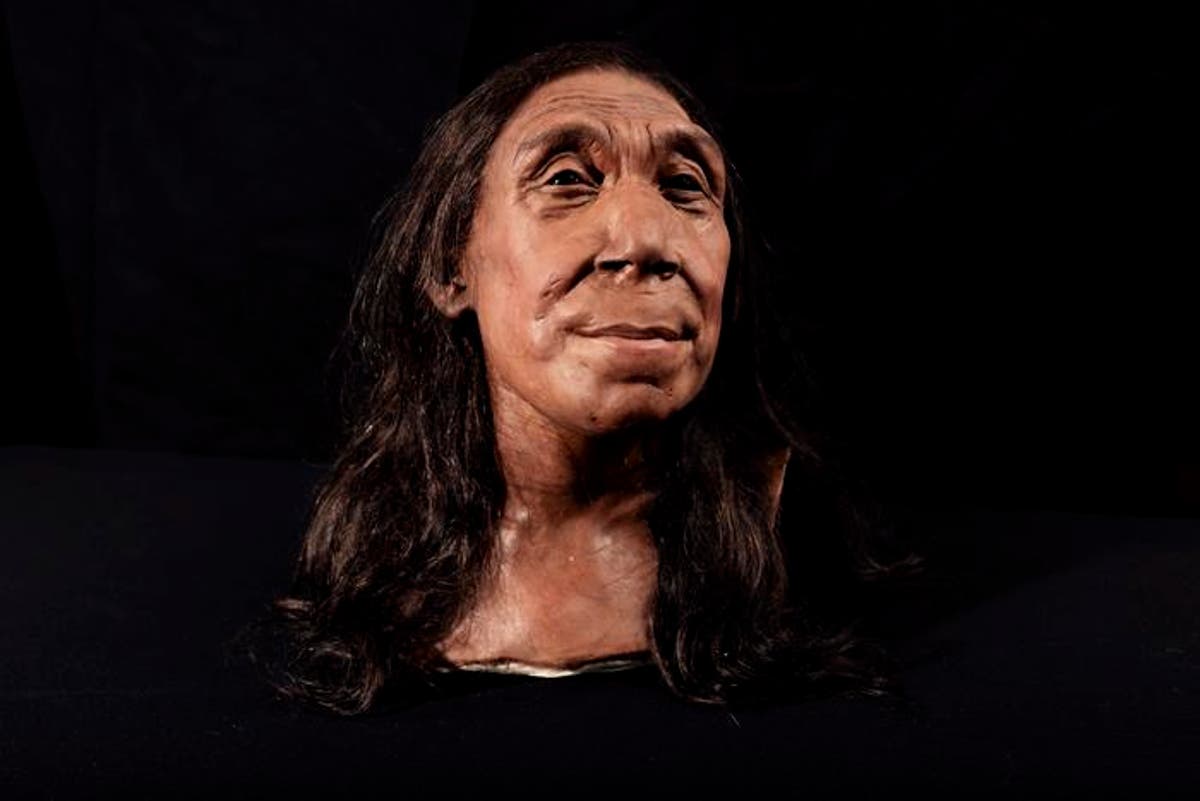Modern methods of machine learning (ML) create unique possibilities for business automation, allowing you to solve problems that previously could only be performed by a person. The very name “machine learning” arose from the fact that before artificial intelligence can perform tasks, it needs to show the correct answers and correct incorrect decisions on a large number of examples of input data. This is very similar to teaching a person a foreign language: the teacher pronounces new words, the student repeats after the teacher, and he says what needs to be corrected in pronunciation. Step by step, the student learns new words and so on, without a teacher, can use them correctly. The growth of solutions based on machine learning services are an almost endless field of possibilities, we will return more than once to examples of its practical use in other articles, but at the beginning, a few words about the types of problems solved with ML.
Problems Solved by Machine Learning
- Data analysis
Take a close look at your company: if you see that one of your employees is busy manually sorting reports or products, this is a great possibility for ML automation. The modern level of algorithms makes it possible to perform analysis tasks faster and more reliably than a human can. For example, facial recognition software can recognize one person in a million in a split second.
- Data clustering
Clustering is the distribution of the entire amount of data into similar groups. When processing images, clustering allows you to highlight contours or objects of complex shapes and textures, and search engines, due to clustering algorithms, form the most relevant information product using data analytics consultancy.
- Anomaly detection
The task of searching for rare anomalous events is similar to the task of clustering, but its task is to distinguish among the set of similar events the cases that do not fall into any of the clusters information system.
- Dimension reduction
Dimension reduction methods are also associated with clustering methods; they have found their application in information coding. Dimension reduction algorithms allow leaving only informationally significant features in the data stream, significantly reducing the amount for transmission or resources for processing. In 2018, scientists applied ML to video encoding, reducing the recording size by 20%.
Since the duration and complexity of the development of machine learning systems, depending on the requirements, can differ by several orders of magnitude, the first step we always to fix the desired result that the customer wants to get. It starts with the wording in ordinary human language, for example, “you need to distinguish all the ripe tomatoes in the greenhouse by the webcam image,” and then we try to formalize the requirements: “at illumination from 0 to 1000 lux, it is required to record all fully visible spherical objects ranging in size from 10 to 100 mm in diameter, in which the area of green areas is less than 5% of the total visible area.” Such a formal description allows you to look at the original problem in a completely different way, and instead of the endlessly complex and imprecise work of recognizing tomatoes from a webcam under the greenhouse ceiling, you can come up with a more productive technological solution in the form of an assembler robot with 3D vision cameras.
Next, comes the most crucial stage – data markup. The customer’s specialists or our employees who have learned the methodology from the customer, looking at the photographs of vegetables, mark ripe and unripe tomatoes. How often the automatic algorithm will make mistakes depends on the accuracy of their work at this step.






